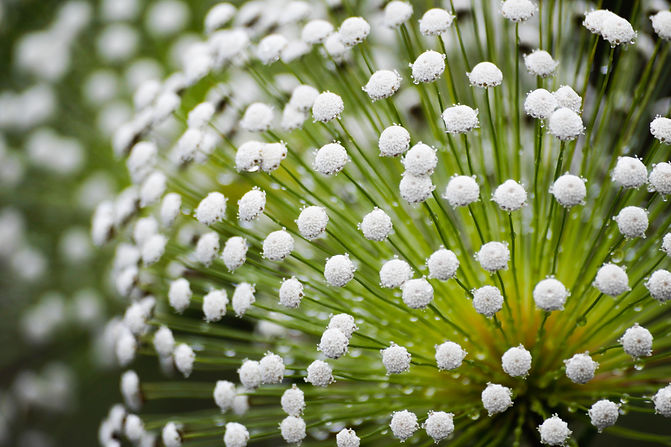
ABOUT
Biodiversity and Conservation
Brazil is one of the most megadiverse countries on the planet, hosting about 16% of the world's flora. Naturally, this biodiversity is heterogeneously distributed throughout the national territory. In this scenario, Ayrumã is inserted in the transition zone between two hotspots: the Cerrado and the Atlantic Forest.
A hotspot is a region that is intensely threatened despite its biological value, as is the case of these two biomes. Of all plants known to science, 1.5% are found only in the Cerrado, as well as 0.4% of vertebrates. However, only 6.5% of its native vegetation is protected by conservation units.
The transition zone between the Cerrado and the Atlantic Forest is marked by the Espinhaço Range, which extends for about 1,200 km between Minas Gerais and Bahia, with elevations grading from 1,000 m a.s.l. to 2,000 m a. s.l. Within the Espinhaço Range, the campos rupestres are notable ecosystems due to their floristic richness and uniqueness. Almost 15% of Brazilian plant diversity is found in these ecosystems, that occupy about 0.78% of the national territory.
The Ayrumã area is covered mainly by this ecosystem found on quartzite rock outcrops, in addition to submontane forests associated with the water streams. The region also stands out for its abundant water resources that provide scenic beauty to the landscape and supply the local communities.
However, despite its biological importance, activities linked mainly to farming, mining, urban expansion, forestry, introduction of invasive plants, and increased frequency of anthropogenic fires have been causing significant damage to native vegetation, contributing to the loss of biodiversity and ecosystem functions.
In this scenario, Ayrumã aims to contribute to global biodiversity conservation efforts through scientific research and environmental education. We also seek to intensify the neighboring network of conservation units with the Pico do Itambé, Rio Preto and Biribiri State Parks, the Várzea do Lajeado Natural Monument and the Águas Vertentes Environmental Protection Area.

.png)